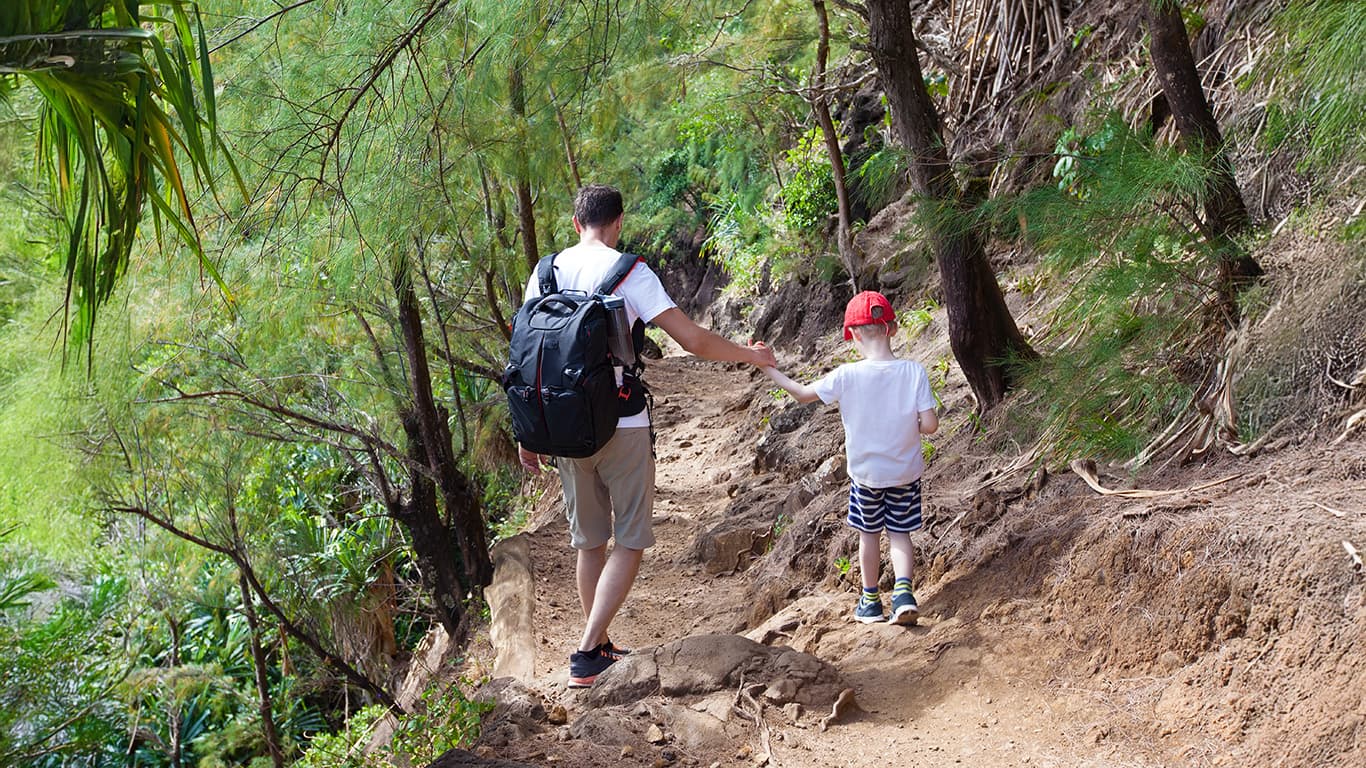Short family hikes on Kauai offer safer outdoor options for families
A concise guide lists several short family friendly hikes on Kauai with notes about safety, parking and stewardship, offering practical low risk outdoor options for residents and visitors. The information matters locally because it highlights simple precautions that can reduce injury and environmental harm, and it points to gaps in access and communication that affect public health and equity.
Listen to Article
Click play to generate audio

A brief guide highlighting short family friendly hikes across Kauai outlines easy access points and practical safety advice for residents and visitors seeking lower risk outdoor activities. The guide catalogs destinations including the paved viewing platforms at ʻŌpaekaʻa Falls lookout in the Līhuʻe area, the short but sometimes slippery Hoʻopiʻi Falls trail in Kapaʻa, multiple family loop options in Kōkeʻe State Park, and the paved Lydgate Park loop near Kapaʻa with its playground and protected beach pools for keiki.
Each site comes with specific safety notes that matter for public health. At ʻŌpaekaʻa Falls lookout visitors should be aware of railings and supervise small children. Hoʻopiʻi Falls requires care at stream crossings, which can become slick after rain, and closed toe shoes are advised. Kōkeʻe State Park trails sit at higher elevations where conditions may be cool and wet, so layered clothing is recommended and travelers are urged to check road status before driving. Lydgate Park offers paved paths and reef protected pools that can make a picnic day a lower risk choice for families.
The guide also emphasizes core preparedness steps that reduce preventable injuries and the burden on emergency responders. It recommends checking local weather and ocean conditions because heavy rainfall can trigger flash flooding and stream cresting. Carrying water, sunscreen, and a basic first aid kit, and wearing shoes with good traction can prevent common problems on muddy trails. Staying on marked trails and respecting cultural artifacts and private property reduce environmental damage and protect community values. For remote trails the guide notes limited cell service and advises that visitors tell someone their plans and expected return time.
Beyond personal safety, the guide highlights broader community implications. Easy, low risk outdoor options support physical activity and mental health for families, while reducing avoidable emergency incidents that strain local health resources. At the same time, disparities in transportation, time off work, childcare, and language access can limit which residents can benefit from these options. Clear signage, road condition communications, multilingual outreach, and community centered stewardship programs could help make safe access more equitable.
For Kauai County planners and public health partners, the guide offers an opportunity to coordinate messaging, maintain trail and lookout infrastructure, and support community education about safe recreation. Simple investments in information, signage, and translated materials could protect keiki and kupuna, reduce emergency calls, and preserve fragile cultural and natural sites for everyone who calls Kauai home or comes to visit.


